Felix Romuliana
Felix Romuliana represents the residence of a roman imperator Gay Galeri Valeri Maxima. The palace had been given the name after his mother- Romulae, a pagan who fled into this area and got married to a local citizen. He served in the army of the tsar Diocletian in which had made a splendid career and had reached a prominent position. He died in 311 in Bulgaria, near Sophia. He was buried next to his mother who had died in 305. He has been remembered up to these days as a great persecutor of Christians.

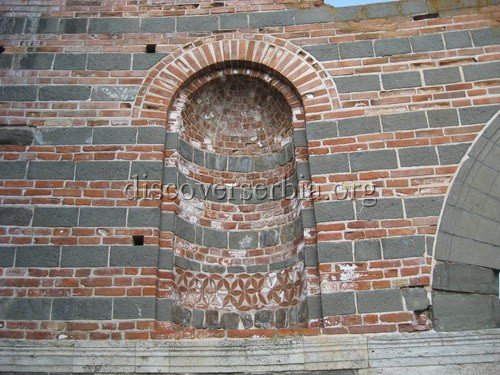
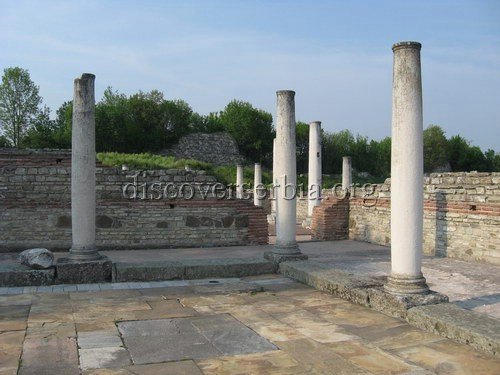
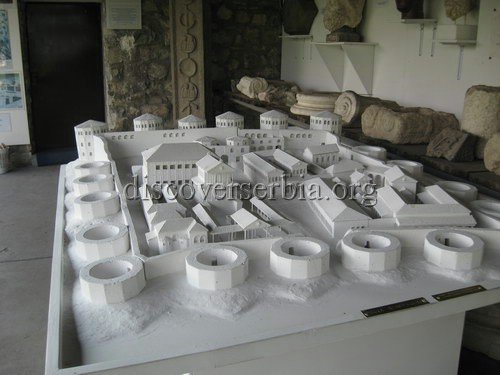

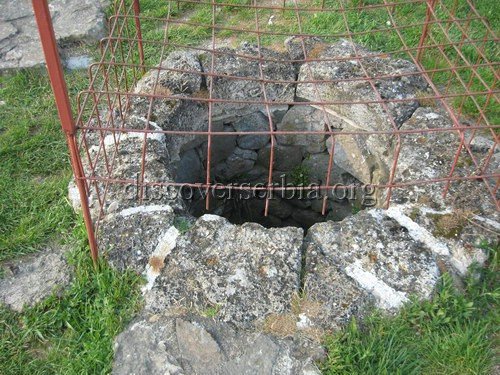

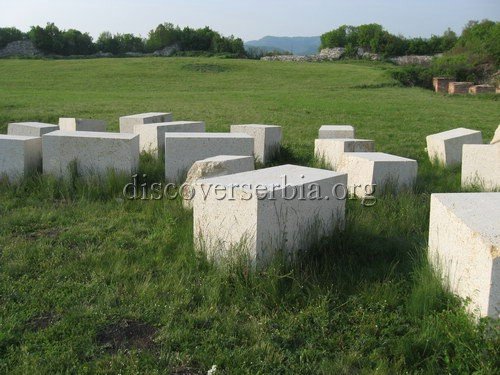
When Romuliana had been discovered it was thought that it had represented a Roman army camp. Thorough researches in 1953 brought to the discoveries of a palace with jewelries, mosaics and coins which led archeologists to the conclusion that it couldn’t have been an army camp. The puzzle was solved in June 1984 with the discovery of a stone with an inscription Felix Romuliana. The largest building is at the same time one of the largest temples in Europe – Jupiter’s temple. A great number of mosaics were found and those of the greatest value are being kept in a museum in Zajecar. The rest are covered with sand to prevent them from running. Romuliana had a system of floor heating, two wells which were kept and aqueduct.
The greatest part of Romuliana is, unfortunately, under the ground and is waiting for some happier times while the latest researches of German archeologists have discovered that outside the tsar palace there is a great number of buildings, perhaps a whole city.
|
Distance |
 |





